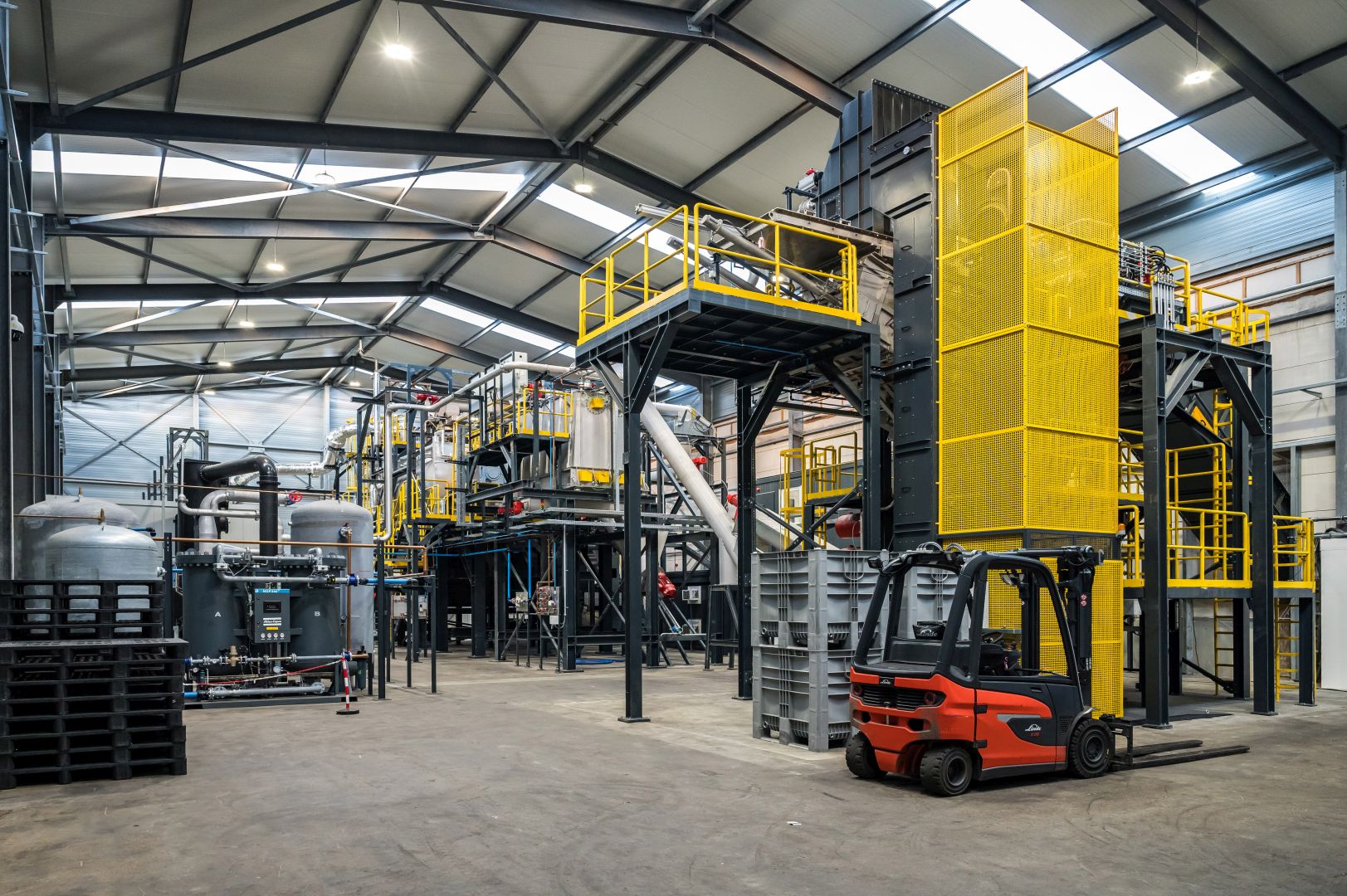Photo report: In this state-of-the-art plant in Rotterdam, BMW recycles its batteries
The black gold of the future: Black Mass
For more than a century, oil has been known as the “black gold,” but that title might be shifting to a new, black material: black mass. Extracted from recycled batteries, this black mass is packed with valuable metals such as cobalt, nickel and lithium. These metals are essential for the production of new batteries and other applications. But how do you turn discarded batteries into black mass?
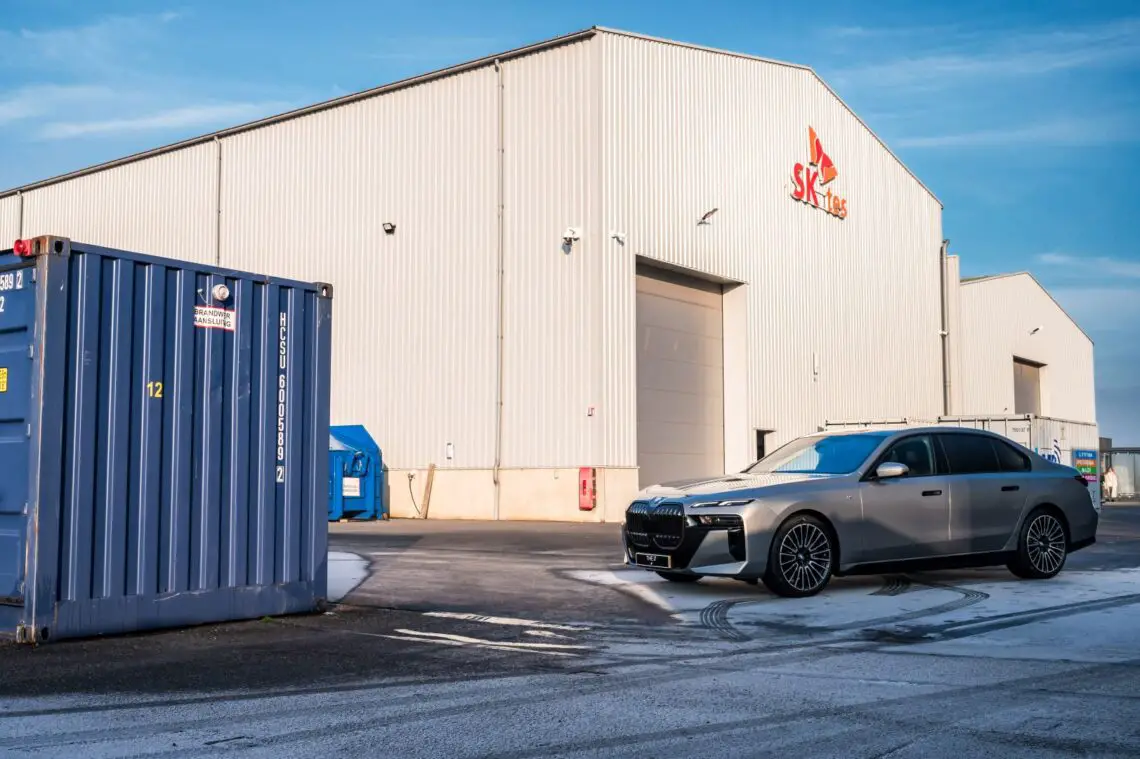
SK tes
That’s quite a complicated job. BMW enlists the expertise of SK tes, a company at the forefront of e-waste recycling, for this purpose. Recently, SK tes opened a state-of-the-art plant in the Port of Rotterdam. The plant can process up to 10,000 tons of material per year, and SK tes wants to double this capacity as soon as possible
From BMW to Rotterdam
BMW is one of SK Tes’ biggest customers. The recycler collects used battery packs and packages with manufacturing defects from BMW and transports them to Rotterdam. There they are stored in containers, as the batteries still contain energy and are therefore considered potentially hazardous.
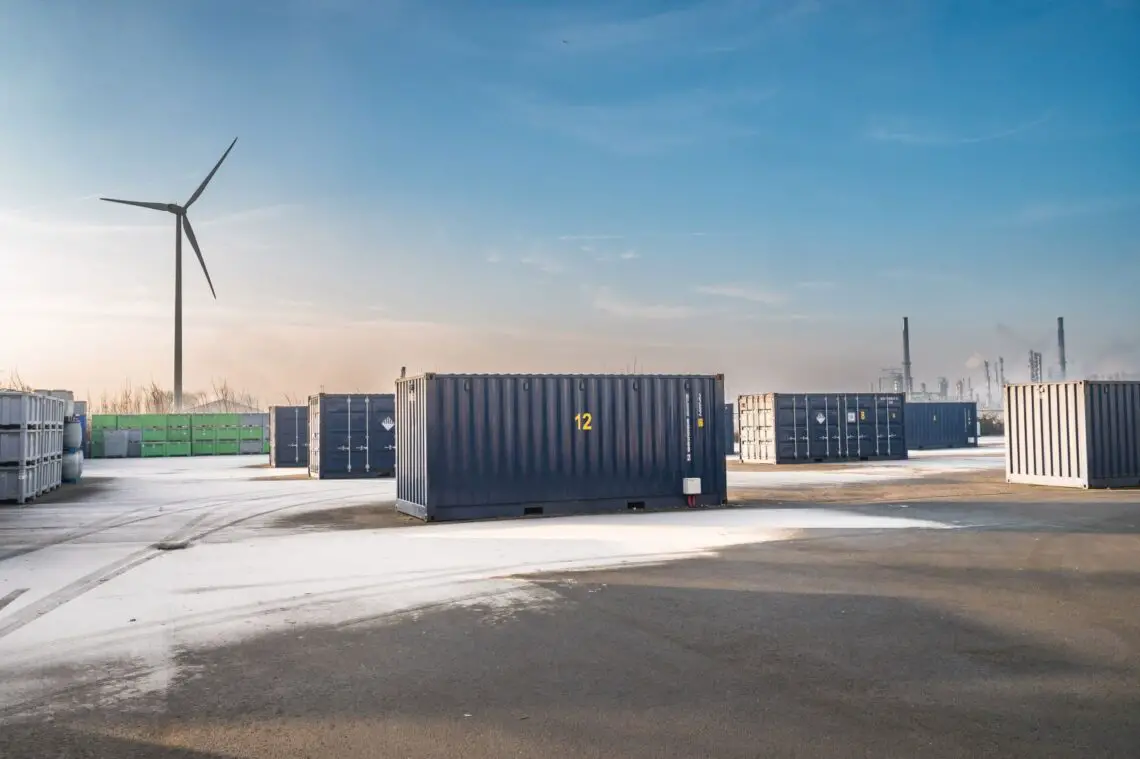
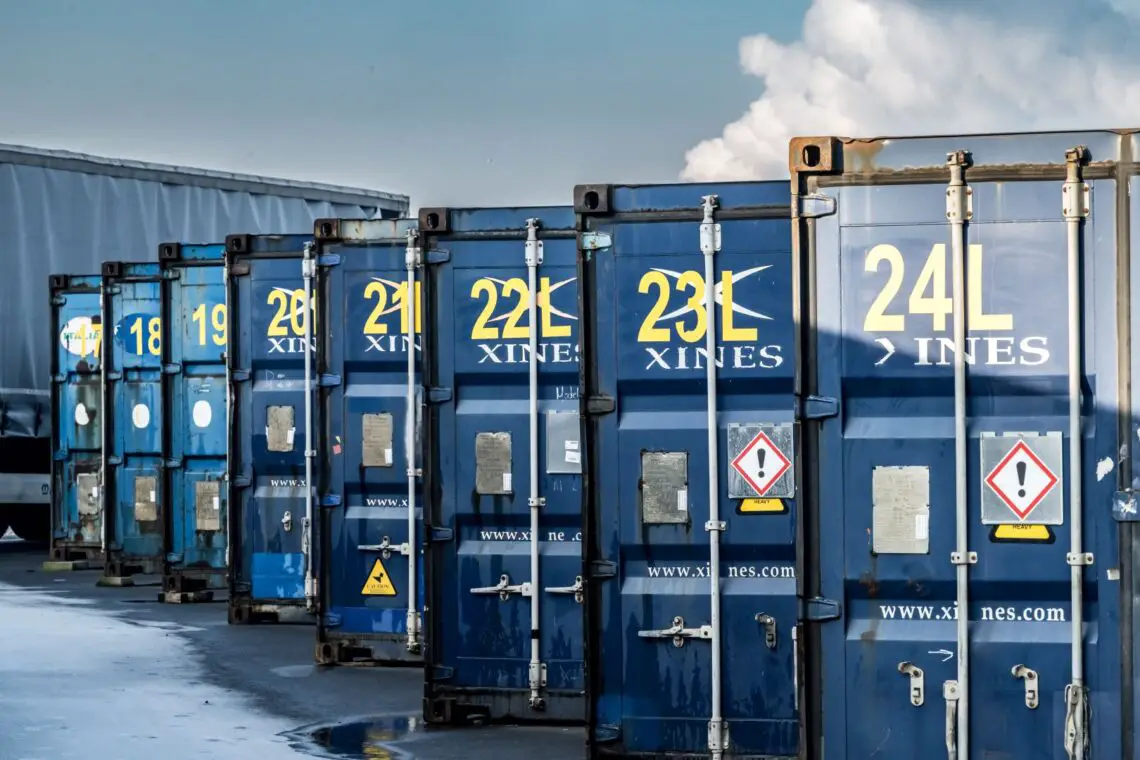
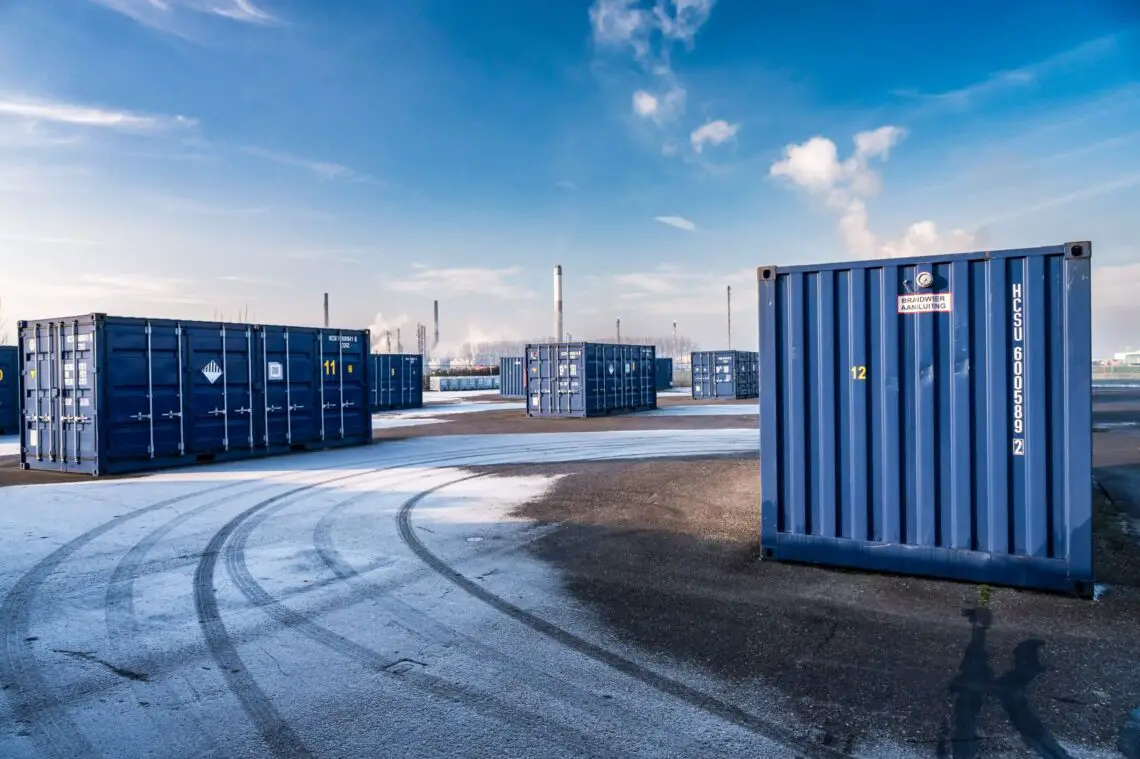
The process. Step 1: removing energy
Before the recycling process can begin, the batteries must be completely discharged. This is done with special equipment that drains the batteries down to the last electron. This is a precise process: infrared cameras and sensors continuously monitor for overheating or other problems. The energy generated is fed back into the electricity grid and partially reused in the recycling process.
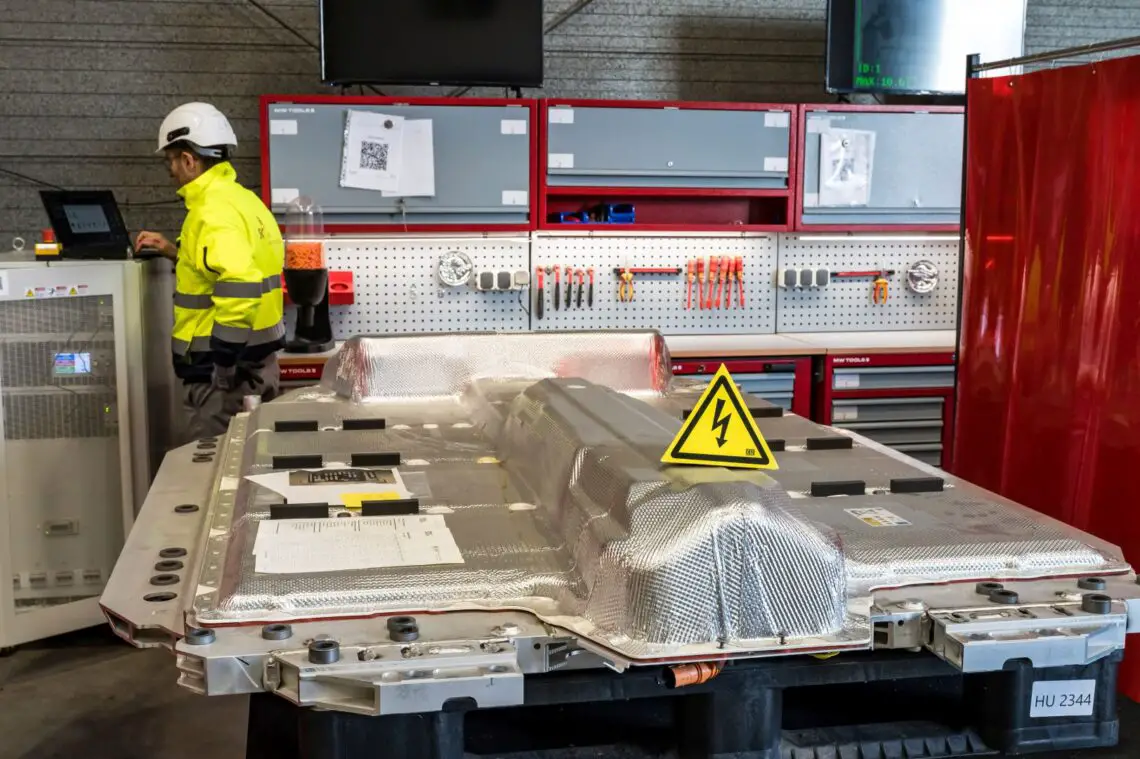
Step 2: Decommissioning
Once the batteries are completely drained, the dismantling process begins. First, wiring and large metal parts are carefully removed and collected separately in large bins. Next, the battery modules are detached. On average, a battery pack consists of eight modules, each containing hundreds of battery cells. Thus, in total, a battery pack contains thousands of cells. Then the modules end up on a conveyor belt, where they go to the shredder. Here the cells are shredded.
Text continues below the photos
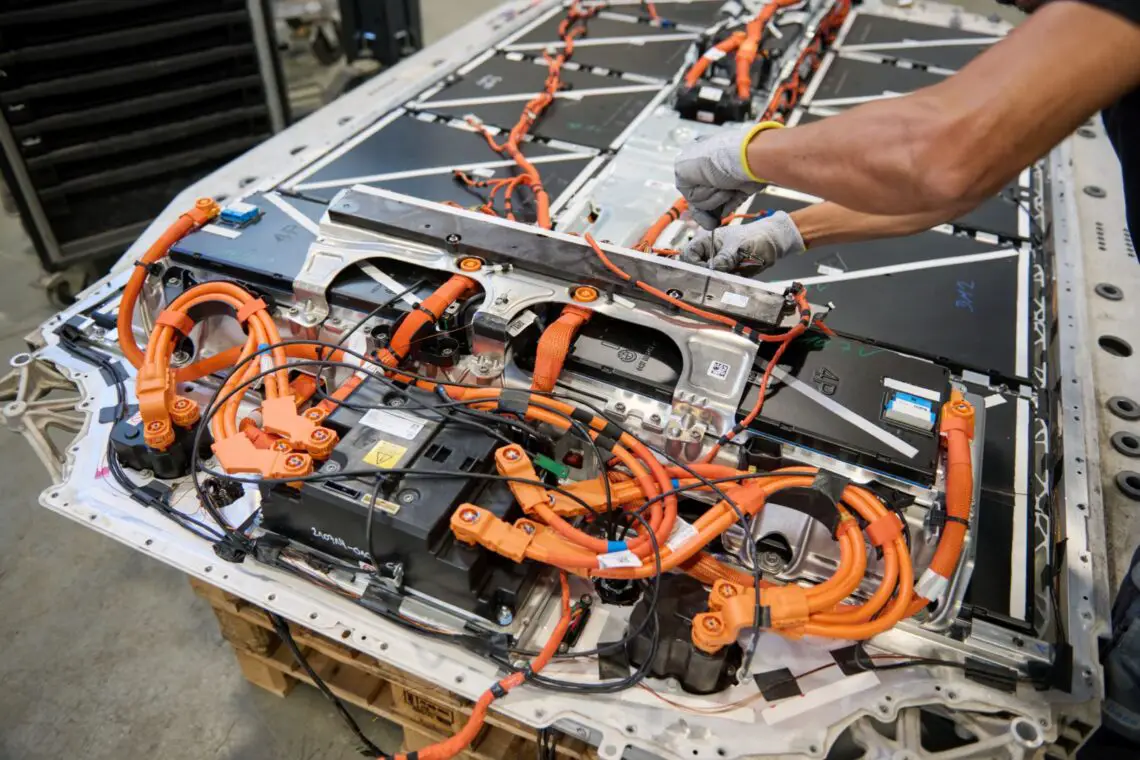
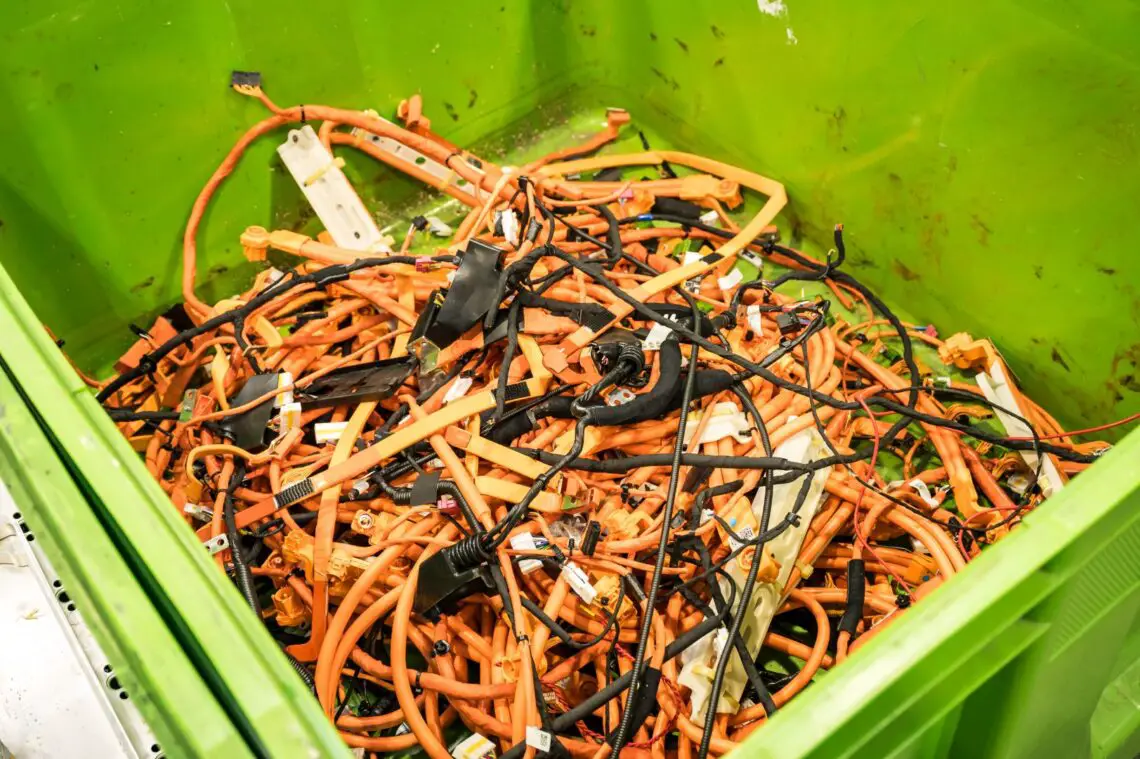
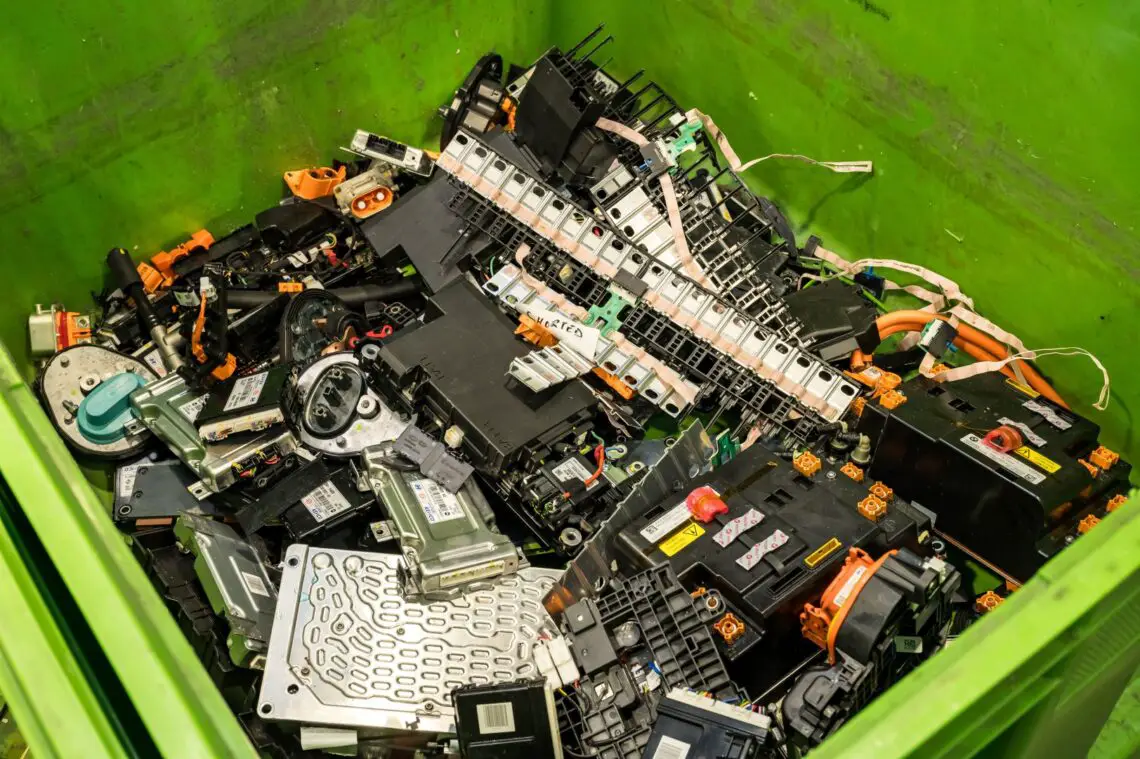
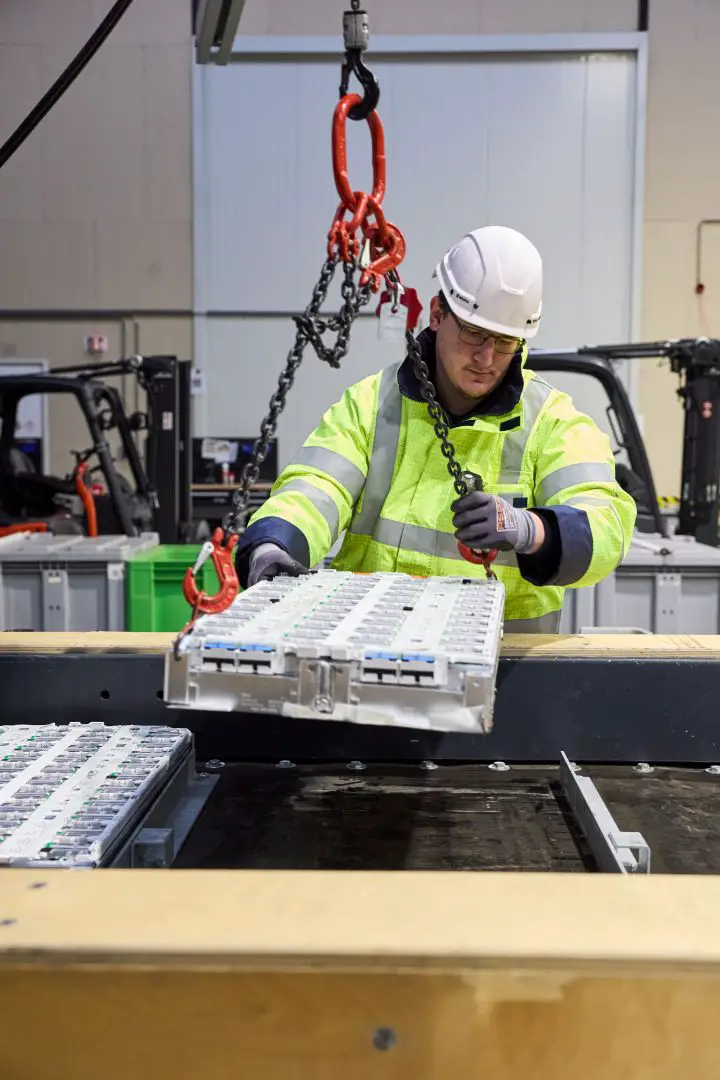

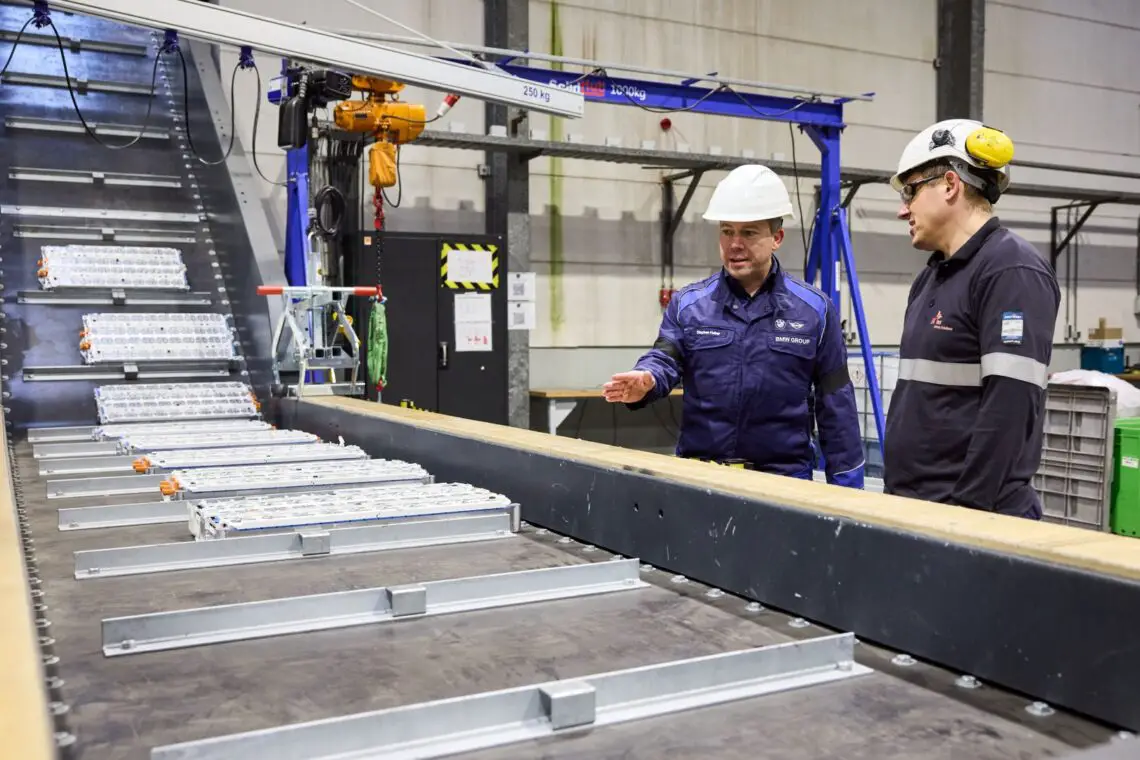
Step 3: From scrap metal to Black Mass
The shredded material then goes to a giant processing machine. Here the black mass, a fine black powder containing high concentrations of lithium, cobalt and nickel, is created. For now, black mass is the final product of the SK tes plant in Rotterdam. But next to the current plant is a large plot of land ready for expansion. Here SK tes plans to build a new facility in which the recycling process will be further refined via hydrometallurgy. This process uses chemical solutions to completely separate the materials and recover them in their purest form.
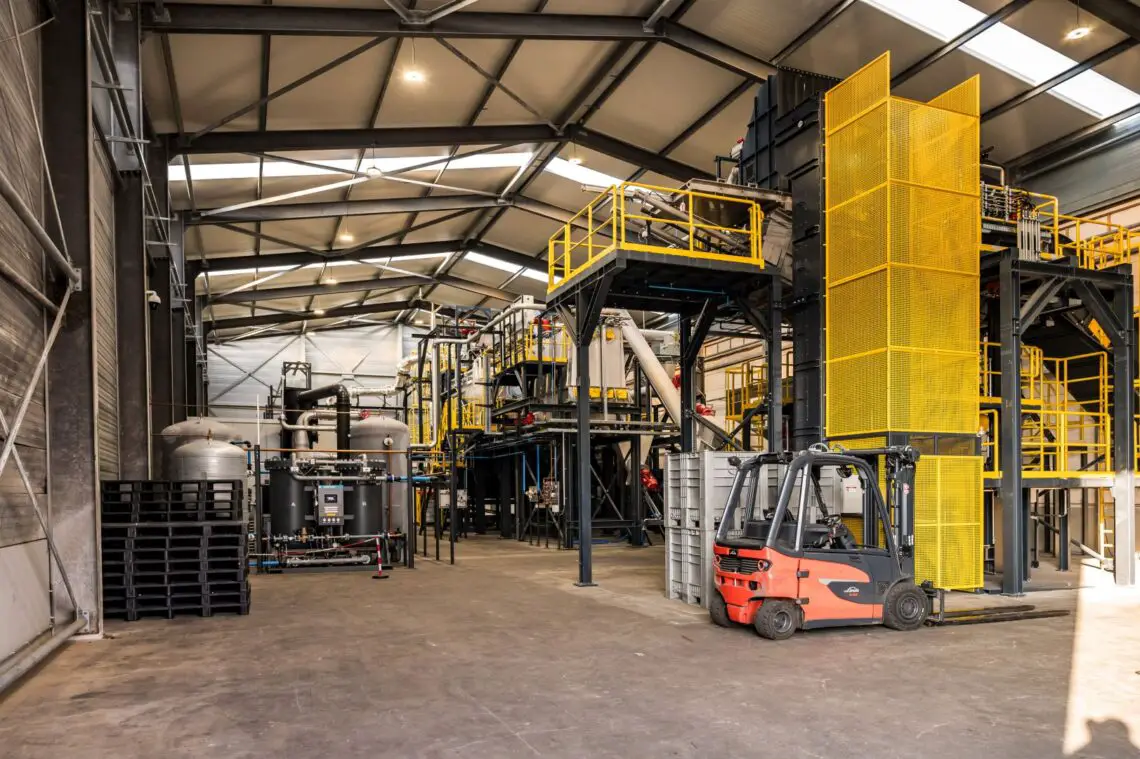
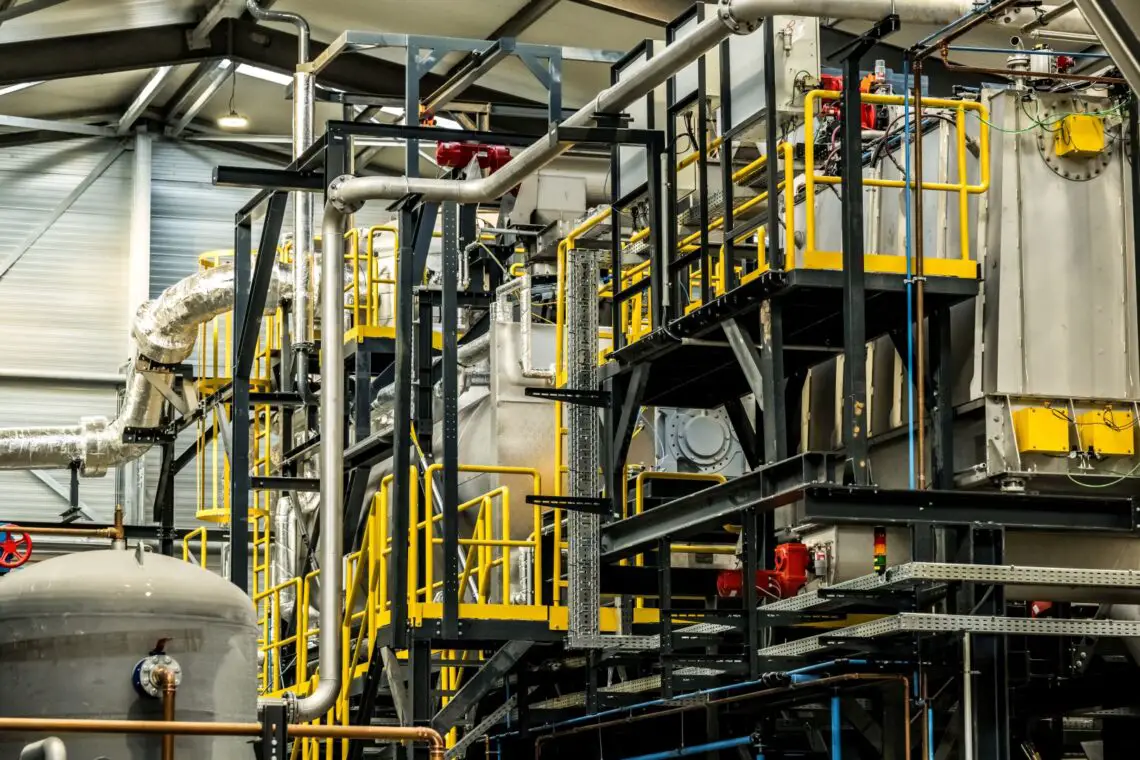
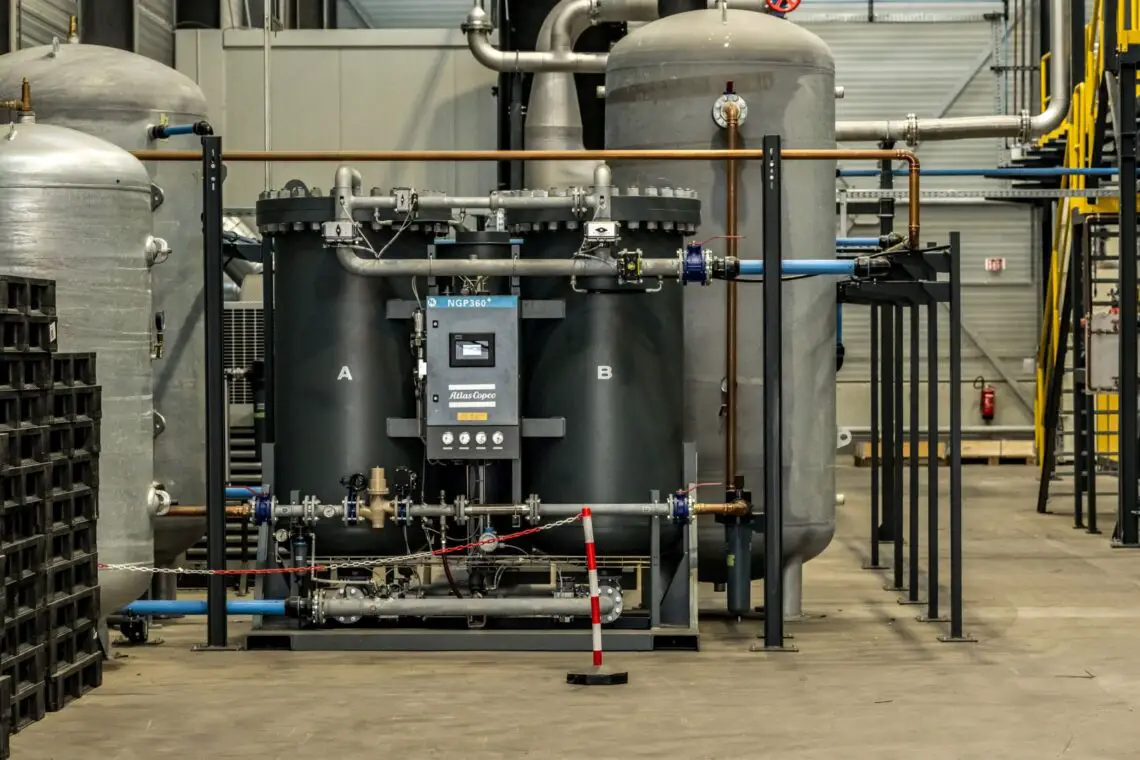
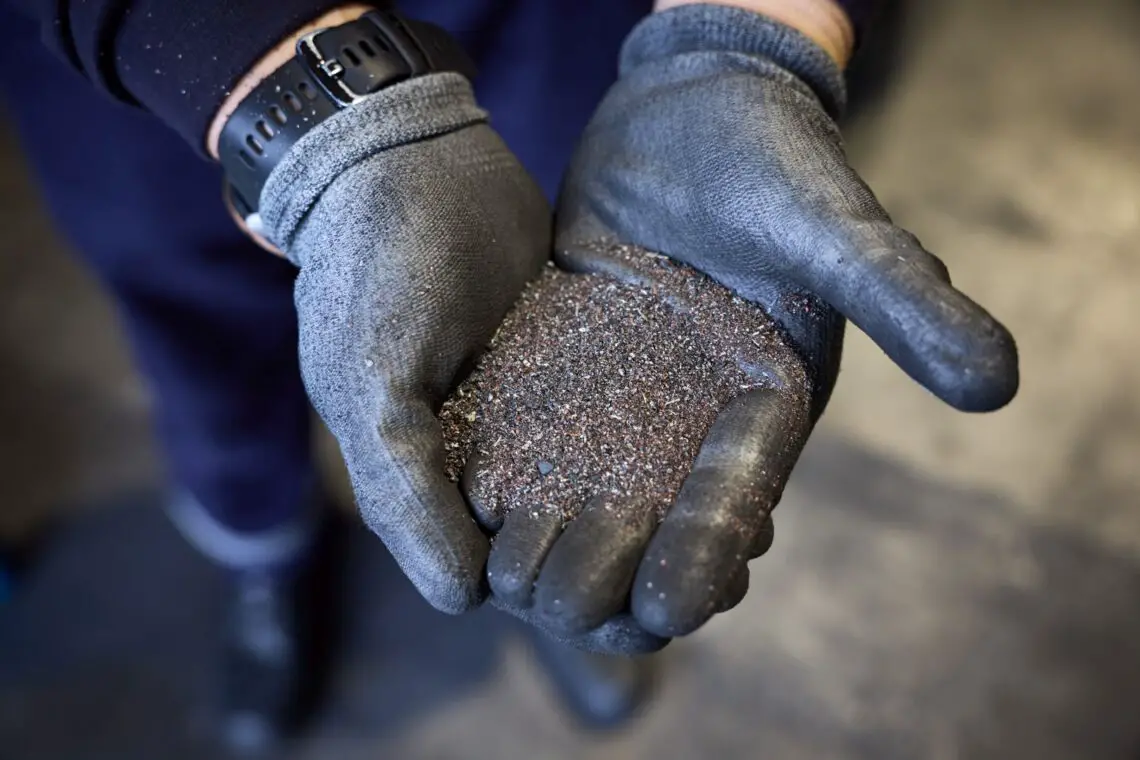
Back to BMW
Once all the materials are recovered, they can be used to produce new battery cells. This is because the raw materials that make up battery cells can be reused endlessly. That, among other things, is what makes electric cars so sustainable. The new cells are then sent to BMW, which builds new battery packs from them. BMW invests in battery plants around the world, including locations in Hungary (Debrecen), China (Shenyang), the U.S. (Woodruff), Germany (Irlbach-Straßkirchen) and Mexico (San Luis Potosí).
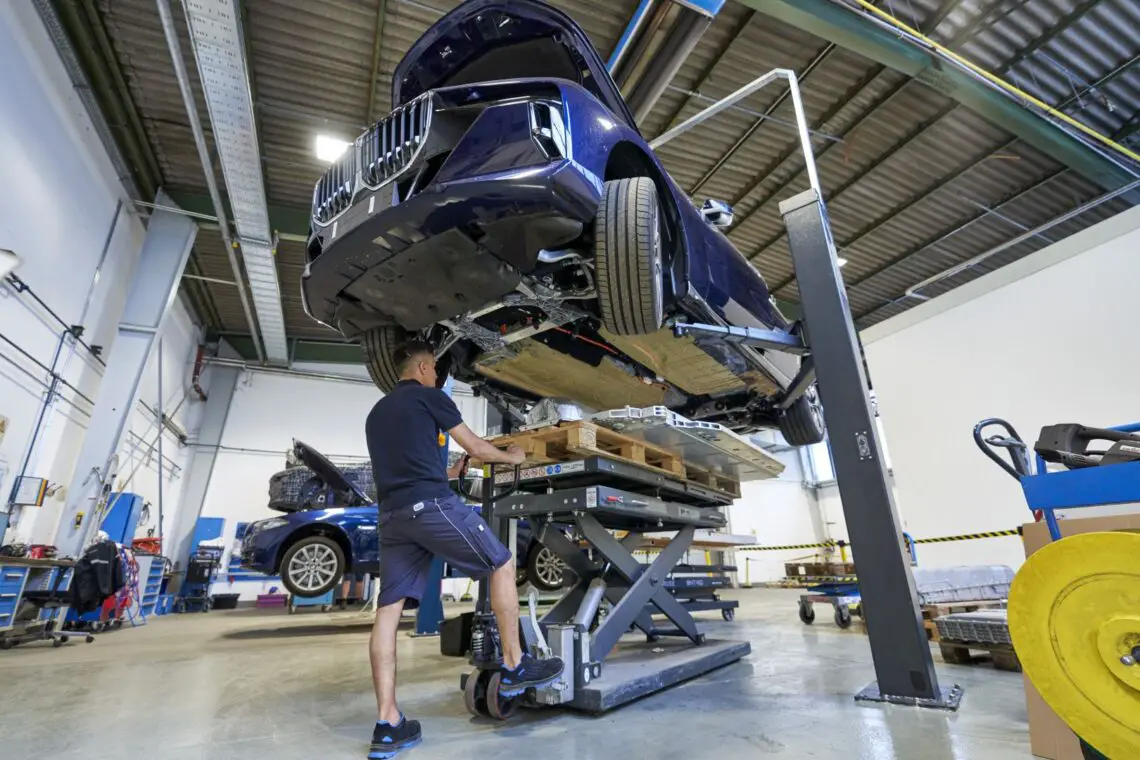
Neue Klasse
In Debrecen, Hungary, production of the Neue Klasse, the latest generation of electric BMWs, will start this year. And thanks in part to recycling in Rotterdam, new EVs from BMW are driving around with batteries made up in part of recycled materials from old batteries. Thus, discarded batteries are given a new life and a piece of circular economy begins simply in the Netherlands, in the Port of Rotterdam.
Also see: BMW i5 eDrive40 (2024) – What’s the range in winter?

